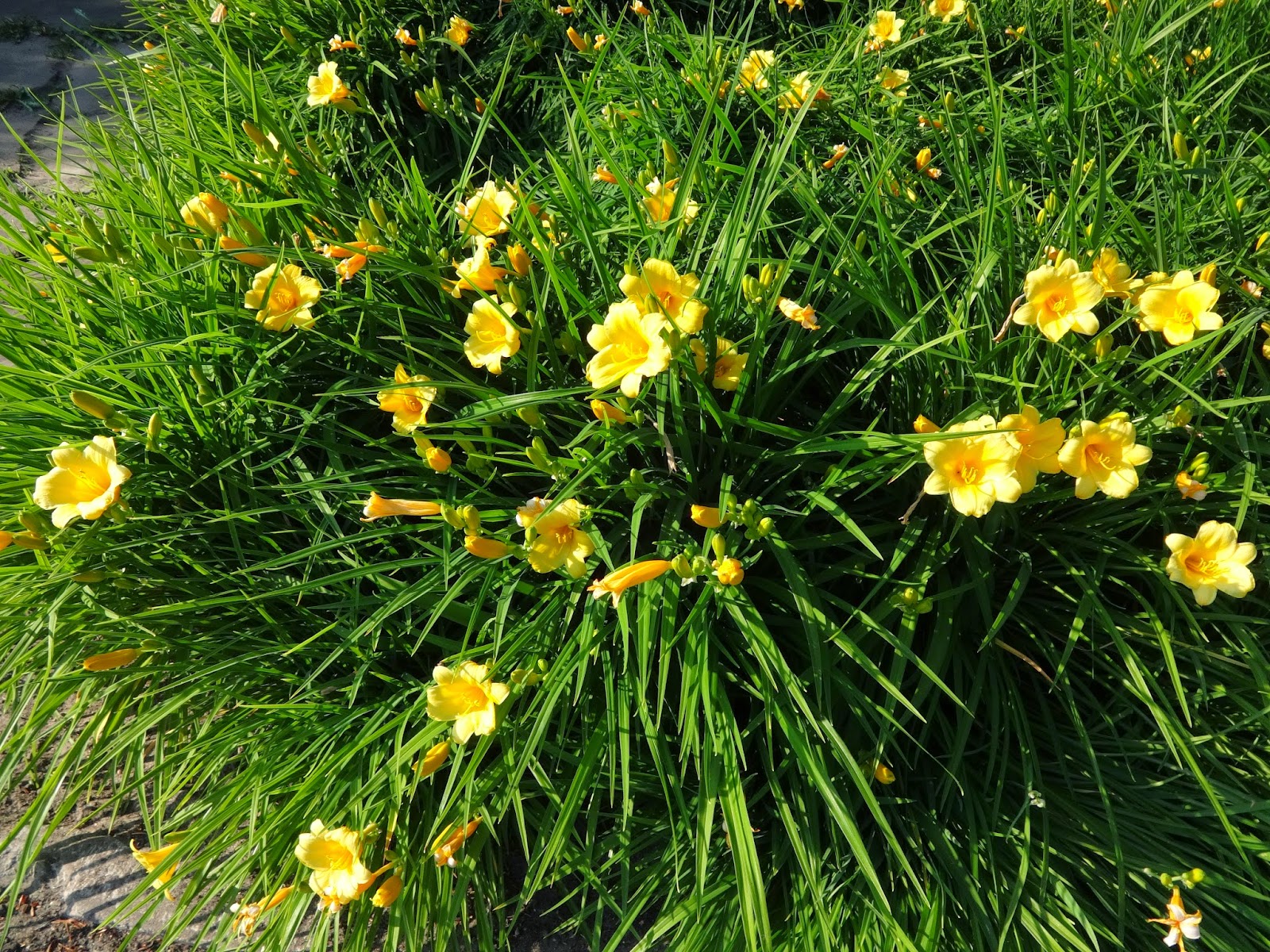PLANT PROFILE

Ceanothus americanus is a small shrub that grows on praries in east part of North America, where it have been used as a herb for centuries by local Indians. Nowadays it is prescribed by trained medicians and drink as a tea or coffe alternative but outside USA and Canada it seems to be known only as an ornamental. In fact in this field it's not very popular neither, as its white flowers are not that attractive as blue flowers of its famous cousin Ceanothus thyrsiflorus. Some beekeepers are praising its value as a high volume nectar source for bees. This plant gained name New Jersey Tea during American Revolution, when shortage of tea forced Americans to search for accessible substitute. Native people have been tradicionally drinking infusion made from leaves as a beverage and remedy. But it is the root of the plant that have very significant medicinal value. Redroot is a name of crude drug that refer to red coloured root from few species of Ceanothus.
CULTIVATION AND HARVESTING
Ceanothus americanus is a dense shrub growing up to 1,2m. It grows on sandy, well drained soils (neutral or slightly acidic) and is a drought resistant plant, that can't grow in wet ground. It feels good in full sun or partial shade as it comes from praries and outskirts of forests. It is said to cope even with severe frosts (-30'C) as long as there is no excess of humidity. Thanks to special fungi growing on its roots this plant have a nitrogen fixing ability. Beautifull clusters of white flowers appear for about month in early summer. Leaves are best to gather while plants are in full bloom, it is losing leaves before winter. Roots are best to gather in late fall and early spring.
CULINARY USES
Infusion made from dried or fresh leaves of Ceanothus americanus is a good tea substitute called New Jersey tea.
COSMETIC USES
Flowers of this plant have contain high volume of saponins and its foam creating properties brought its use as a pleasantly smelling, soaped sponge substitute. Also roots have been used to make soap and shampoo.
MEDICINAL USES
Leaves of Ceanothus americanus are tradicionaly used by Cherokee people to cure indigestion, diarrhea, inflammations of chest, throat, nose and mouth. Astringent properties of decoction are used to treat wounds, veneral sores and skin cancer. It is also used to fight depression and is good source of highly antioxidant flavonoids.
Root of the plant is used to treat fevers, catarrh, sore throat, asthma, syphilis, hemorrhoids, inflammations and indigestion. Redroot stymulates lymphatic system and is astringent, anti-inflammatory, antibacterial, expectorant, antispasmotic, mildly hypotensive and sedative. Powder made from root bark is applied on sores. This herb act as an anti-coagulant, therefore should be used with lot of caution while using other anti-coagulant. It also should be avoided by pregnant and nourishing women.
Sources
''Rodale's 21st-Century Herbal'' - Michael Balick, Rodale Inc 2014
http://bearmedicineherbals.com/ceanothus.html
http://www.redrootmountain.com/red-root-balance-the-body-by-way-of-the-spleen/66
http://www.eattheweeds.com/ceanothus-americanus-revolutionary-tea-2/
http://food-nutrition.knoji.com/herbs-redroot-or-california-lilac-history-nutrition-and-medicinal-uses/
http://www.swsbm.com/FOLIOS/RedRtFol.pdf
http://www.henriettes-herb.com/eclectic/kings/ceanothus.html
http://doctorschar.com/archives/new-jersey-tea-ceonanthus-americana/
http://pubs.acs.org/doi/abs/10.1021/ja01048a032












